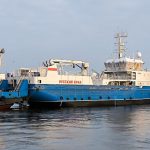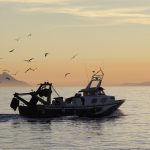According to the local news source the reports about lead contamination of seafood are misleading and could damage the industry. It is said that around two years ago that thousands of birds in and around Esperance died after being affected by dust from the transportation of lead carbonate. Few tests showed elevated lead levels in the blood of some of the town’s residents, including children.
The Conservation Council has also tested several razor fish and has found high lead levels in the kidneys. But the Health Department says there is no evidence that other fish in the area are unsafe. Premier Colin Barnett informed that the lead contamination of Esperance represented the worst environmental disaster since the asbestos-mining town of Wittenoom.
Barnett told that the pollution of lead in Esperance over the years 2005 to 2007 has been one of the worst environmental accidents in this state’s history. He said that the government has detailed plans for the clean-up of homes. The Wilderness Society’s Jill St John worked on the Conservation Council’s recent study saying that the study looked at razor fish, which is a large shellfish, within the port bay area just off the port beach in Esperance and found that in the kidneys there was a range of 190 to 790 milligrams per kilogram of lead.
The Esperance Professional Fisheries Association’s president, Neville Manstead, is concerned that people may be led to believe that fish brought into Esperance may also be contaminated. The Health Department told that a study carried out soon after the contamination was detected showed lead levels in fish were low. Director of Environmental Health Jim Dodds is warning people to be wary.








